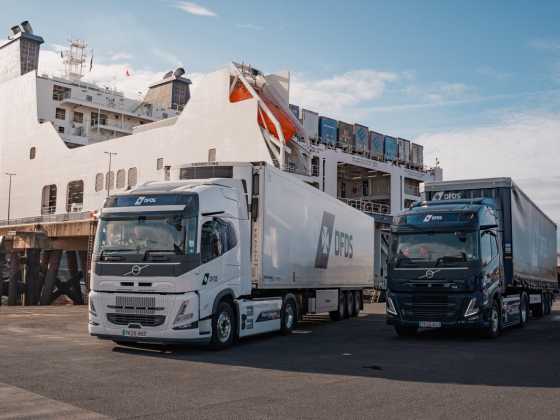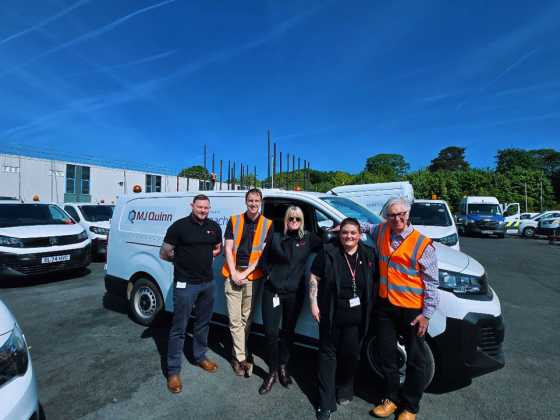EV sales headed for record year but climate targets at risk

Rapidly falling battery prices, advancements in next-generation battery technology and improving relative economics of electric vehicles with internal-combustion engine counterparts continue to grow EV sales globally, a report by BloombergNEF says.
However, the report indicates that the window to reach global net-zero transport ambitions is now narrower than ever.
The report presents two updated road transport scenarios: the base case Economic Transition Scenario (ETS) – in which EV adoption is shaped by current techno-economic trends and with no new policy intervention – and the Net Zero Scenario (NZS) – consistent with reaching a global zero-emission fleet by 2050.
In the base case ETS, electric-vehicle sales continue to rise globally, even though growth has slowed in the US and Europe as a result of regulatory and political changes, and some automakers pushing back their EV targets.
In the US, a lack of lower-cost models and EV market jitters inflamed by the upcoming presidential elections helped slow down adoption this year, while block-wide fuel-economy targets in Europe do not become more stringent until 2025, releasing automakers active in the region from the pressure to substantially increase sales of EVs.
The report also shows that electric vehicles are no longer only a wealthy country phenomenon, and countries like Thailand, India and Brazil are all experiencing record sales as more low-cost electric models are launched targeting local buyers. China, the world leader on EVs, is not looking back, and despite early signs of saturation of some EV segments and a tougher economic outlook, the country is projected to maintain its lead as the biggest EV market globally.
The underlying technology for electrification continues to improve, battery prices continue to fall, and EV adoption moves from being policy-driven to being driven by consumer demand across all markets. Passenger EV sales are expected to exceed 30 million in 2027 in the ETS and grow to 73 million per year in 2040, contributing 33% and 73% to global car sales in those years, respectively.
BNEF also finds that electrification is now spreading quickly to all sectors of road transport, from rickshaws to heavy trucks. Two- and three-wheeled vehicle sales continue to rise in emerging economies and electric sales are expected to exceed 90% globally by 2040. The decarbonization of the commercial vehicle sector – including vans, trucks and buses – has already started and is set to accelerate.
Despite the progress, global road transport is still not on course for a net-zero trajectory. While BNEF’s NZS calls for 100% of the road-going car fleet to be electrified by 2050, the base case ETS only achieves 69% in the same year. This shows that current techno-economic trends alone are not enough to get the transport sector on track for global climate goals, and that continued strong regulatory support is still very much needed.
According to the Net Zero scenario, for the world to achieve a zero-emission vehicle fleet by 2050, sales of combustion vehicles will need to stop around 2038, with leading markets needing to phase out combustionvehicles even sooner, in the early 2030s. In the Economic Transition Scenario, only the Nordic countries reach a full phase-out of combustion vehicles before 2038. As more countries implement industrial strategies to capture value from the transition, there is a risk that climate goals fall further out of reach. Governments will need to carefully weigh up competing priorities and avoid policies that reduce competition or access to affordable EVs.
Aleksandra O’Donovan, head of electric vehicles at BNEF, said: “Governments trying to champion domestic manufacturing at the cost of faster decarbonization should consider very carefully what they are prioritizing, as reaching net-zero road transport emissions by 2050 is still possible, but much faster progress is needed.”



